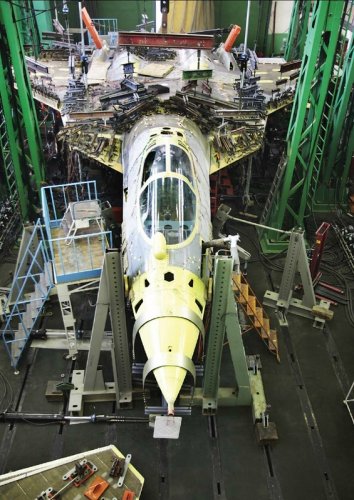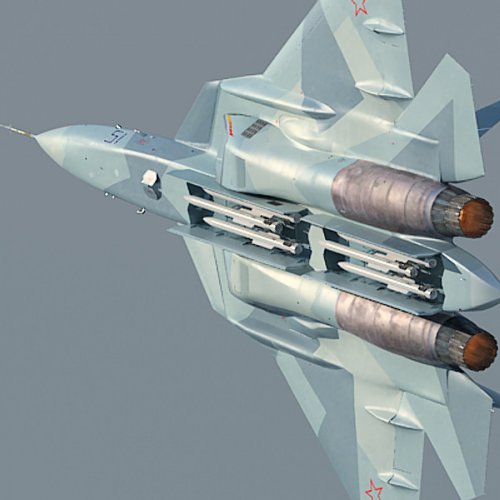- Joined
- 27 December 2005
- Messages
- 17,272
- Reaction score
- 23,662
Please continue with T-50 discussions here.
Previous topics:
Sukhoi PAK-FA (T-50, I-21)
Sukhoi PAK-FA (T-50, I-21) Part II
Sukhoi T-50 PAK FA first flight - pictures, videos and analysis
Sukhoi T-50 Su-50 PAK FA - flight testing and development
Previous topics:
Sukhoi PAK-FA (T-50, I-21)
Sukhoi PAK-FA (T-50, I-21) Part II
Sukhoi T-50 PAK FA first flight - pictures, videos and analysis
Sukhoi T-50 Su-50 PAK FA - flight testing and development




